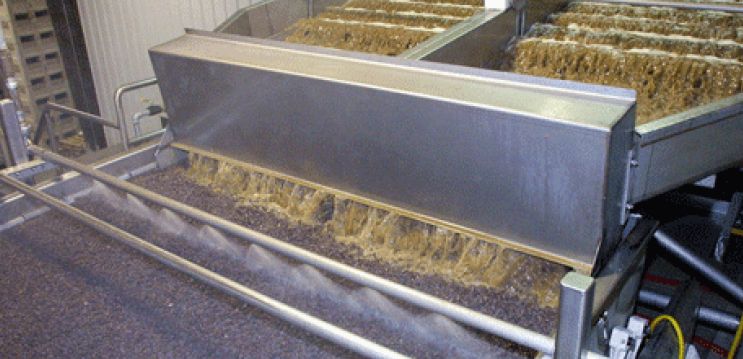
Introduction In the confectionery and many food and beverage industries, sugar (present as sucrose, fructose and glucose, etc.) is the main constituent in some of the process streams. Inevitably, it is also present in the effluent streams arising from these industries. There is, however, considerable interest among manufacturers to optimise process economics through product recovery, […]
View More
What is potable water? Potable water is water which is safe to drink. It must be safe in terms of chemical composition and organoleptic properties. Usually, potable water comes from surface or underground water, which will then need be treated to levels that meet the local standards for consumptions. Access to safe potable water is […]
View More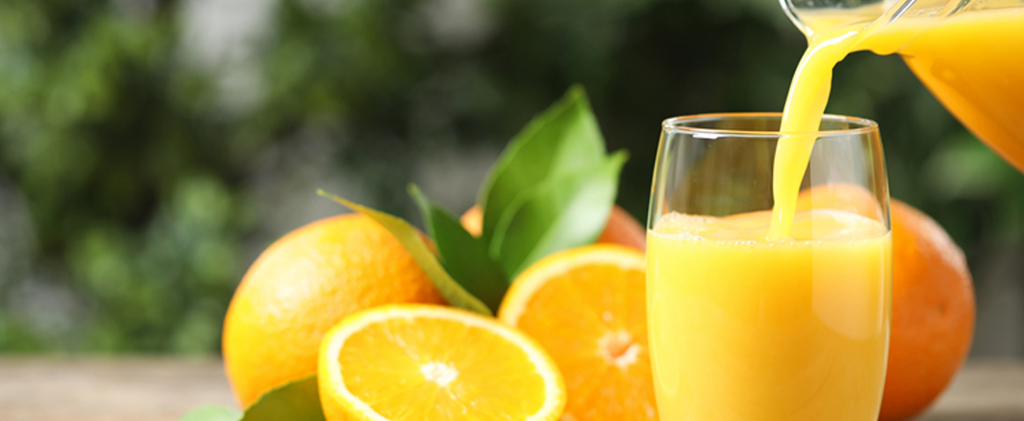
Introduction According to the Fruit Juice Market Report, in 2022 global fruit juice business size has grown to 147.5 billion dollars and is going to expand in the following years reaching almost 190 billion dollars by 2028 [1]. It is driven by campaigns promoting healthy lifestyle going together with increasing consciousness of people, which more […]
View More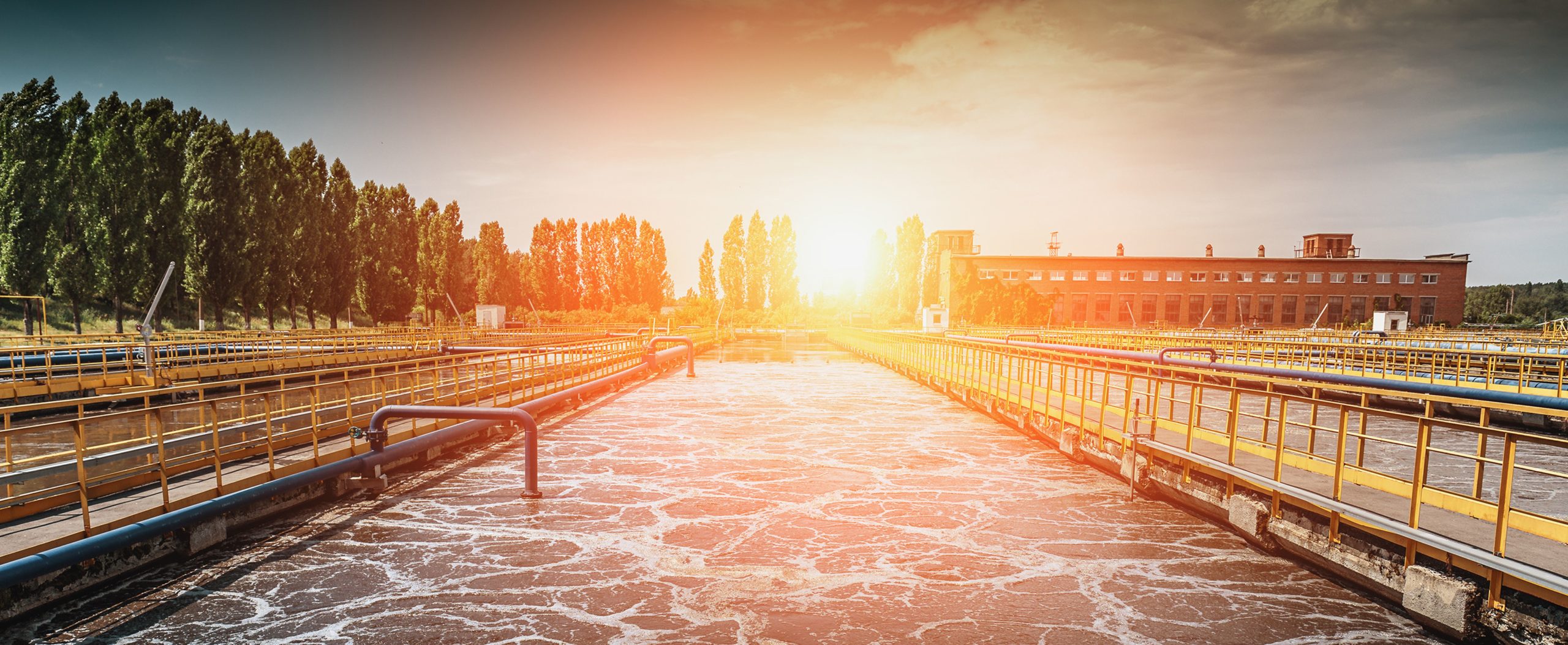
Executive summary What is a membrane bioreactor? A Membrane BioReactor (MBR) is a process which combines a microfiltration or ultrafiltration membrane unit with a suspended growth bioreactor, and is now widely used in both municipal and industrial WasteWater Treatment Plants (WWTPs). 1) Bioreactor: In a wastewater treatment process, a bioreactor is specifically-designed chamber to support […]
View More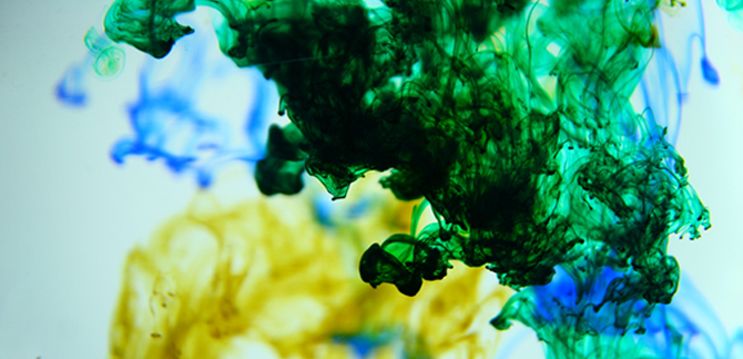
Introduction to Filtration Membrane filtration as a means of purification or concentration relies on the principle that when a liquid is passed across or through a physical barrier, particles whose size is larger than the pores in the membrane are retained on one side of the barrier, while the remaining liquid is allowed to pass […]
View More
When process engineers need to separate effluent streams, clarify or fractionate and where they demand reliable and repeatable performance, membrane filtration systems are often their first choice. At its most basic level membrane filtration involves separating a single flow stream into two separate streams, one more concentrated than the other, by passing it through a […]
View More
Standardisation Standardisation refers to the process of adjusting the fat, protein, solids and non-fat content of milk and cream to standardise values, depending on the type of end-product being produced. This is mainly done to maximise the economic return from milk components whilst maintaining both the end-product quality and composition. The standardised fat content of […]
View More
When process engineers need to separate effluent streams, clarify or fractionate and where they demand reliable and repeatable performance, membrane filtration systems are often their first choice. At its most basic level membrane filtration involves separating a single flow stream into two separate streams, one more concentrated than the other, by passing it through a […]
View More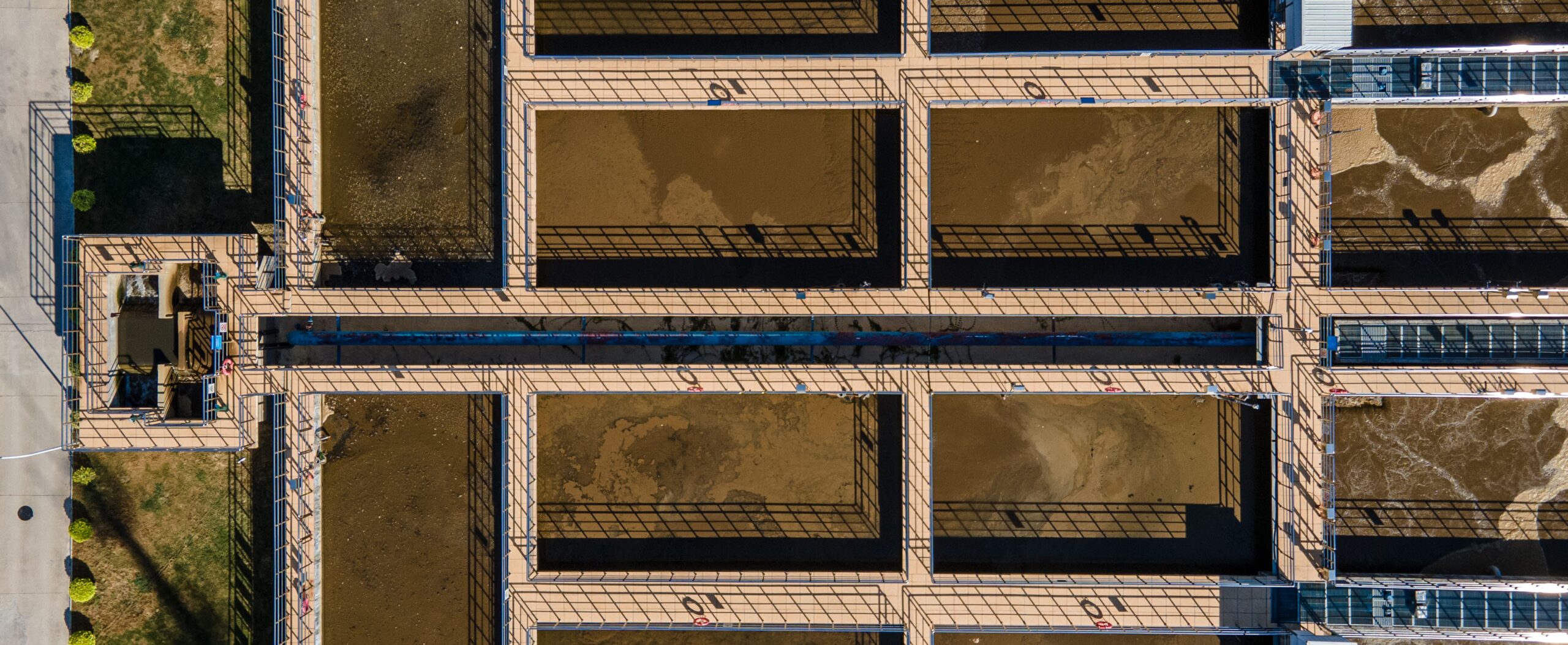
Design data Below are listed the most important parameters that are required to properly design an MBR (Membrane Biological Reactor) system: Of course, other parameters might be required, depending on the specific application. Plant-wide design aspects Pre-treatments The following general pre-treatment guidelines must be followed: Fine screening Focusing on fine screening as it one of […]
View More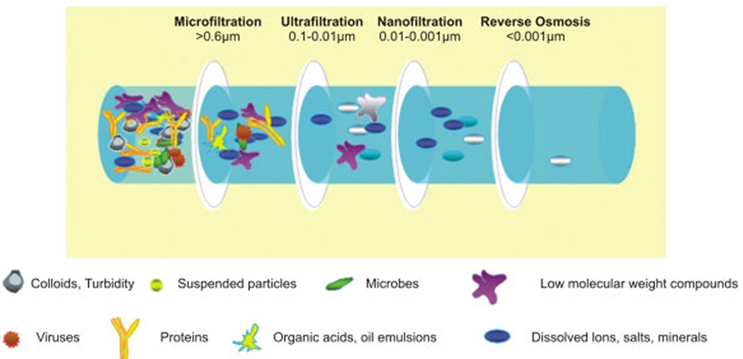
A membrane can be defined as an interface between two phases. In membrane separation processes, this interface is usually a physical barrier that is permeable to some of the species present in one of the streams. In order to carry out the process, a driving force is necessary, in this case pressure. There are in […]
View More